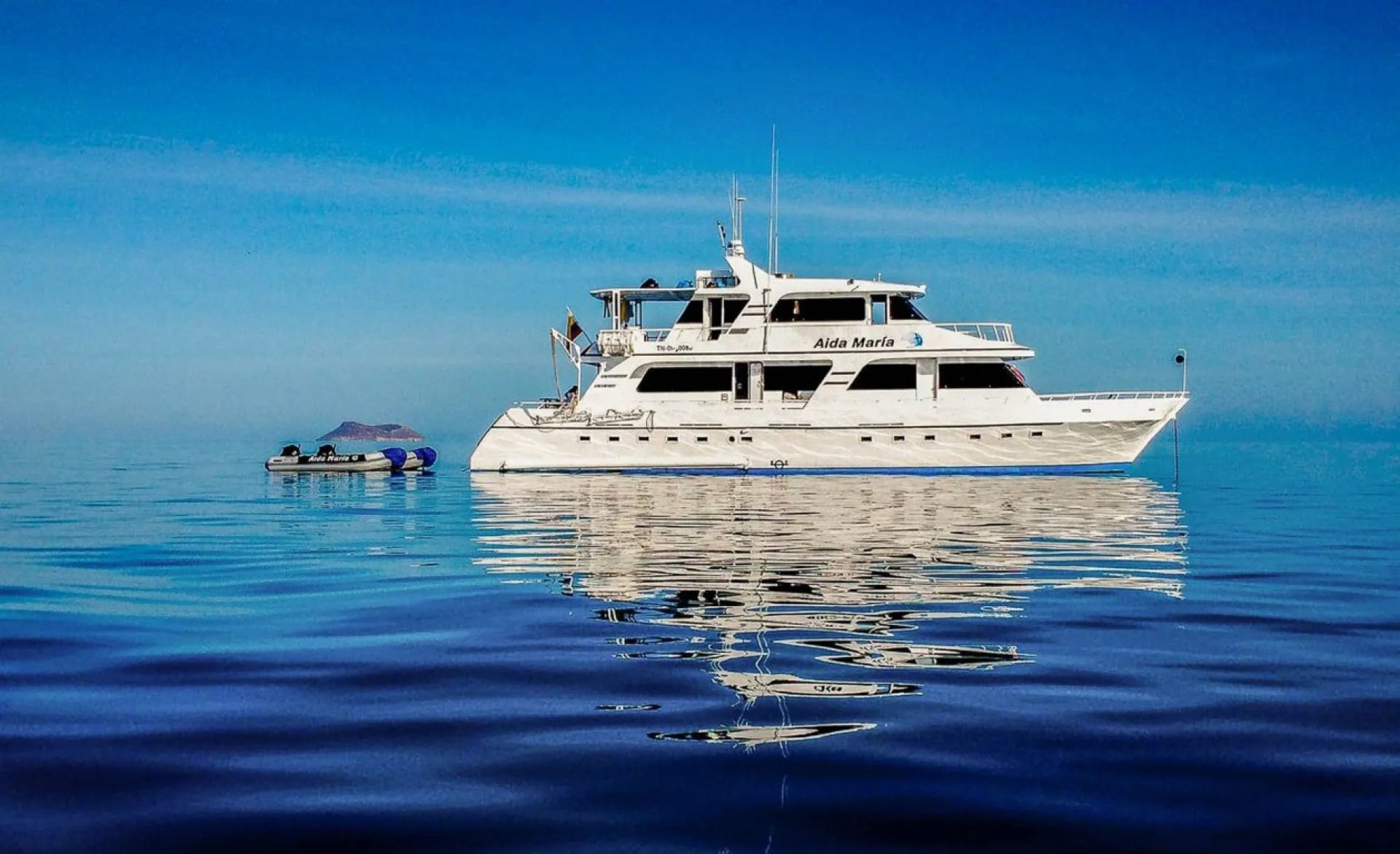Parque Nacional Yasuní
The Yasuní National Park, located in the heart of Ecuador's Amazon, is one of the country's most iconic tourist destinations, known for its astonishing biodiversity and as a refuge for ancient indigenous cultures. This natural paradise spans over 9,823 km² in the provinces of Orellana and Pastaza, and was declared a UNESCO Biosphere Reserve in 1989 due to its ecological and cultural importance. In addition to harboring incredible biological diversity, Yasuní is home to indigenous communities such as the Waorani and the Tagaeri-Taromenane, who live in voluntary isolation.
Biodiversity: Yasuní's Natural Treasure
Yasuní National Park is one of the most biodiverse places on the planet. In its tropical rainforests, you’ll find more than 150 species of amphibians, 200 species of mammals, 600 species of birds, 100 species of reptiles, and over 4,000 plant species per hectare, making it a true natural sanctuary.
- Fauna: Notable animals include the jaguar, ocelot, tapir, squirrel monkey, harpy eagle, and a variety of poison frogs. You can also see the Amazon pink river dolphin and black caiman in the park's waterways. It’s a paradise for birdwatchers, hosting a diversity of macaws, parrots, toucans, and birds of prey.
- Flora: Yasuní's vegetation is equally spectacular, with trees reaching up to 40 meters in height and medicinal plants used by indigenous communities. The area is known for its diverse Amazon flora, including orchid species and timber trees such as mahogany, cedar, and chuncho.
Tourist Attractions in Yasuní National Park
The park offers a range of tourist activities, all focused on nature, culture, and adventure, making it an ideal destination for ecotourism enthusiasts and explorers.
- Wildlife and flora observation tours: One of the main activities is hiking through jungle trails to observe wildlife, insects, and exotic plants. Canoe trips on the park's rivers and lagoons provide close-up encounters with animals living along the banks, such as caimans, anacondas, and water birds.
- Parrot clay licks: One of the most impressive natural spectacles in Yasuní are the parrot clay licks, where birds gather to eat clay, which helps neutralize toxins in their diet. Watching these colorful macaws and parrots is a fascinating experience.
- Trekking through the Amazon rainforest: Walking through the dense vegetation of the park immerses tourists in the vastness of the Amazon and reveals the region's rich botanical life. Local guides, many of whom are Waorani, provide valuable insights into medicinal plants and wildlife.
- Cultural visits to indigenous communities: Yasuní is also home to indigenous peoples like the Waorani. Visitors have the opportunity to interact with local communities, learning about their customs, history, and traditional ways of life. Some communities offer cultural experiences where visitors can participate in activities such as blowgun hunting, learn about medicinal plants, and experience traditional arts and music.
- Canoe trips: Canoe rides along the Tiputini and Napo rivers are another way to explore the jungle. These tours allow close observation of the region's flora and fauna while enjoying the peaceful Amazon landscapes. Night excursions are especially popular, as many animals are more active at night, offering a different perspective of life in the rainforest.
Lodges and Eco-friendly Accommodations in Yasuní
There are several eco-lodges within and around Yasuní National Park that offer an immersive experience in the Amazon rainforest. These lodges are designed to provide comfort without sacrificing environmental sustainability. Some of the most notable include:
- Napo Wildlife Center: Located in the heart of the park, this luxury lodge is managed by the indigenous Kichwa Añangu community. It is a perfect example of sustainable tourism, combining conservation with local community involvement. Guests can enjoy canoe trips, guided walks, and wildlife viewing, all while staying in comfortable eco-cabins.
- Yasuní Kichwa Ecolodge: Also managed by indigenous communities, this lodge offers a community-based tourism experience where visitors can learn about Kichwa culture and participate in local activities while exploring the park's biodiversity.
- Sacha Lodge: Another luxury lodge located near Yasuní, it is famous for its birdwatching tours and the chance to walk on canopy bridges above the treetops, providing a spectacular view of the jungle from above.
Access and How to Reach Yasuní National Park
Yasuní National Park is generally accessed through the city of Coca (Francisco de Orellana), which can be reached by plane from Quito. From Coca, visitors must take river or land transport to enter the park. Most lodges offer organized transport from Coca, making it easy to reach the park's more remote areas.
Responsible Tourism and Conservation
Tourism in Yasuní is centered on conservation and respect for indigenous communities. Most tours are conducted by local guides from nearby communities, promoting sustainable development in the region. Additionally, many lodges in the area are committed to low-impact environmental practices, such as solar energy use, waste management, and support for community projects.
It’s essential for tourists visiting Yasuní to do so responsibly, respecting the protected areas and supporting sustainable tourism. This not only protects the park's natural wealth but also helps local communities maintain their traditions and ways of life.
Why visit?
Yasuní National Park is a unique ecotourism destination in the world. Its combination of biodiversity, stunning landscapes, and cultural richness makes it a must-visit for travelers seeking an authentic experience in Ecuador's Amazon. With the opportunity to explore the rainforest, interact with indigenous communities, and contribute to the conservation of this fragile ecosystem, a visit to Yasuní is an unforgettable and deeply enriching experience.
















